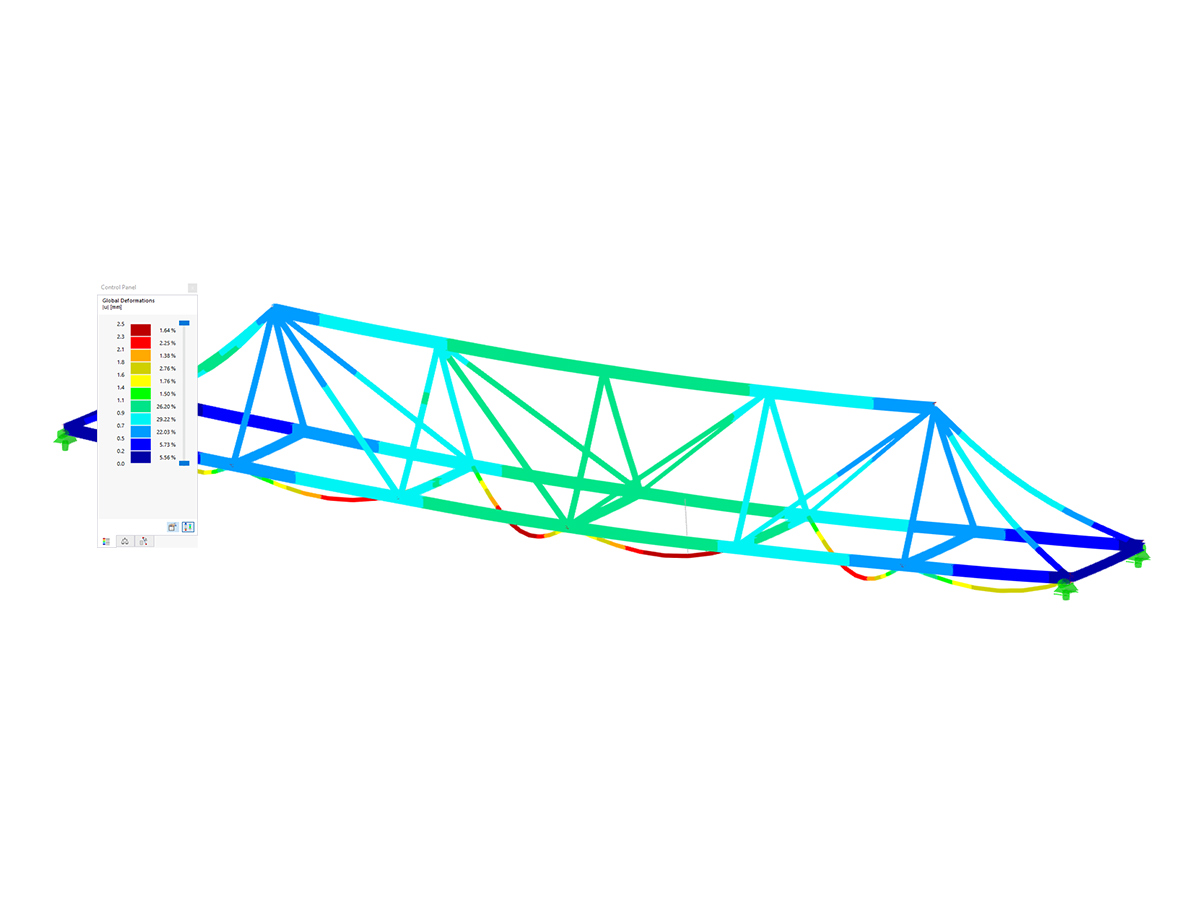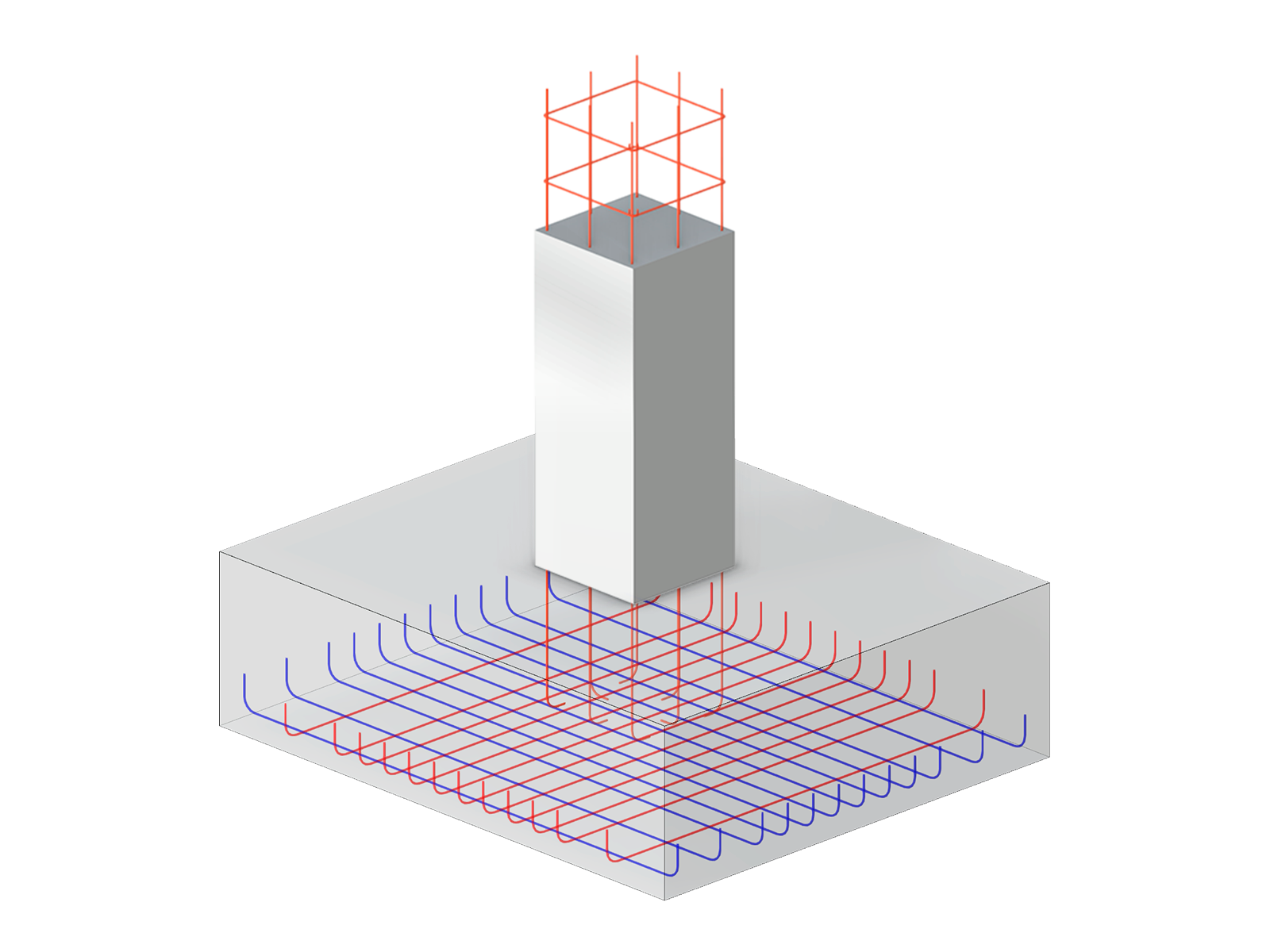In RF‑CONCRETE Members and CONCRETE, you can specify whether the shear force design is carried out with the required longitudinal reinforcement from the bending design, or with the existing longitudinal reinforcement of the reinforcement proposal from module Window 3.1. The application of the provided reinforcement is now performed at the location at which the shear resistance with the required bending reinforcement is insufficient. If the shear design without shear reinforcement cannot be performed with the provided reinforcement, the provided amount of reinforcement is also shown as statically required longitudinal reinforcement.
Furthermore, there is the option to increase the required longitudinal reinforcement automatically, to avoid shear reinforcement. Here, the longitudinal reinforcement is increased until the maximum reinforcement ratio of 0.02 is reached. If, in this process, it is found that VRd,c under the application of the maximum longitudinal reinforcement ratio is still less than the acting shear force VEd, the increase of the longitudinal reinforcement has no effect on the shear resistance VRd,c and is not used. In this case, VRd,c is determined with the required longitudinal reinforcement from the bending analysis, and then the required shear reinforcement is calculated.


























.png?mw=600&hash=49b6a289915d28aa461360f7308b092631b1446e)


